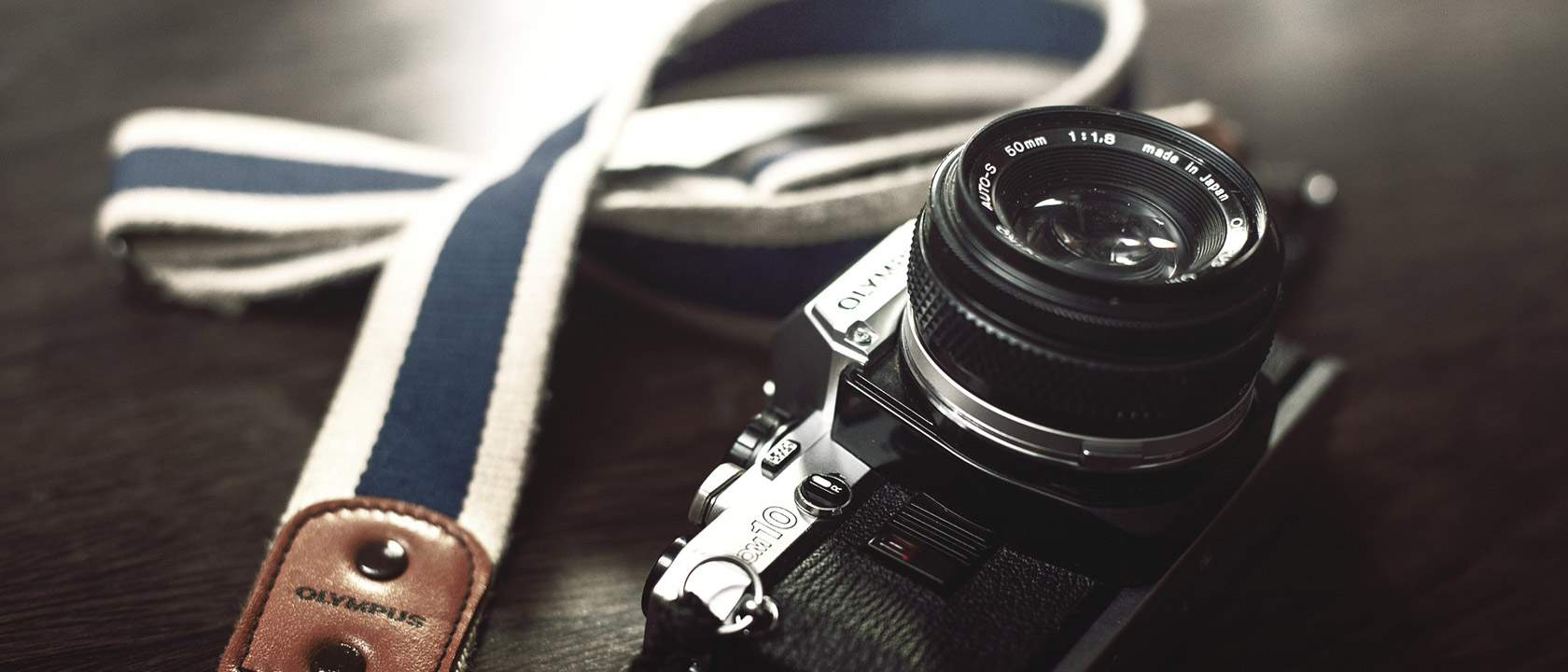Quentin Tarantino’s Once Upon a Time… in Hollywood is first and foremost a love letter to movies. The film follows various industry professionals — including Leonardo DiCaprio’s actor Rick Dalton, Brad Pitt’s stunt double Cliff Booth and Margot Robbie’s Sharon Tate — in 1969 as they perform on old Western sets, linger under marquees, pass by drive-in movies and rehearse their lines in mansions in the hills.
But Once Upon a Time is almost as equally enraptured with music — which blares out of swerving cars, gets a capella renditions sung by dumpster-diving teenagers, starts massive dance parties and, ultimately, provides the backdrop for unspeakable violence.
This last example is unsurprising coming from Tarantino, who has often emphasized songs at climactic narrative moments. But music plays an especially significant role in Once Upon a Time, in large part because of how integral it was to the culture of 1969 Los Angeles. Rock and roll was growing up fast, demanding to be taken seriously and shooting off in many directions. On the West Coast, sun-soaked, guitar-driven pop-rock known as the California Sound dominated the airwaves on stations like KHJ, while darker strains of rock propelled countercultural movements across the country. In August, the Manson Family’s murder of Sharon Tate and her friends — itself precipitated by a grotesque misreading of the Beatles — and Woodstock would occur in back-to-back weeks.
Click Here: fjallraven kanken backpack
The soundtrack to Once Upon a Time… in Hollywood is filled with songs from the era that capture a culture in flux — between a sunny communal optimism and a violent underbelly of dissatisfaction that would soon erupt to the fore. Here’s a guide to the film’s music, explained with help from Mary Ramos, the film’s music supervisor.
The soundtrack features forgotten hits
Before all the characters of Once Upon a Time… in Hollywood meet, they are united by one thing: listening to KHJ Boss Radio, an AM radio station based in Los Angeles. Tarantino himself listened to the station as a child growing up there, and “wanted KHJ to be the tapestry of the sound of this movie,” Ramos tells TIME. “He wanted to really give the visceral feeling of being in 1969.”
While KHJ played an array of hits from the era, many of Tarantino’s choices reflect an earlier and more pop-oriented version of rock, when it was still heavily indebted to R&B and not yet considered an experimental art form. The film opens with Roy Head & The Traits’ “Treat Her Right,” a boogie that reached number two on the Billboard charts in 1965, only to be stopped on its ascent to number one by the Beatles’ “Yesterday.” “Jenny Take a Ride,” by Mitch Ryder and the Detroit Wheels (which hit no. 10 in 1965) and “Bring a Little Lovin’” by Los Bravos (no. 51 in 1968) share the same propulsive and carefree attitude, which also matches that of Brad Pitt’s character Cliff Booth as he whizzes through the California boulevards. “It’s mostly breezy type stuff that’s going to sound amazing out of your window as you pull up next to the girl that’s hitchhiking,” Ramos said, referring to a scene in which Booth sees Margaret Qualley’s Manson follower trying to hitch ride.
Tarantino prioritized songs with historical connections
Beyond conjuring a feeling of bliss, Tarantino also prioritized songs with a historical connection to his characters. Most notably, the soundtrack is populated with several songs by Paul Revere & the Raiders, a group from Boise that saw immense popularity during the era — and is two degrees separated from the film’s action. Their producer was Terry Melcher, who produced for the Byrds, was a part of the Beach Boys’ album Pet Sounds and also auditioned Charles Manson for a potential record deal. When Melcher declined to sign him, Manson began stalking his house — but by that point, Melcher had moved out and was leasing the place to Sharon Tate and Roman Polanski. Members of the Manson Family later admitted that Manson had ordered the murders of everyone in the house in order to “instill fear into Terry Melcher.”
When investigators combed through the house following the murders, they found the sheet music for the Mamas and the Papas’ “Straight Shooter” on the piano. That sheet music is featured in the film, as characters gather around the piano to perform the song.
Film scores make an appearance
Tarantino often recycles bits of old film scores — and while he often turns to the work of Ennio Morricone, this time he drew from the work of Bernard Herrmann, who composed the scores for Citizen Kane, The Day the Earth Stood Still and many Hitchcock films. In the scene in which Cliff goes to check in on George Spahn (played by Bruce Dern), who owns the ranch where the Manson Family lives, an unreleased clip from Torn Curtain — the ill-fated final collaboration between Herrmann and Hitchcock — plays ominously.
One scene includes an eerie Manson interlude
Before they are properly introduced in the film, a group of women in the Manson Family wander the streets, tiptoeing over sofas, looking for things to take home. The eerie song they are singing, “Always Is Always Forever,” was actually written by Manson; its lyrics suggest submission and a cult mentality.
A California dream becomes a nightmare
At a pivotal juncture late in the film, the melody of “California Dreamin’,” a song that unabashedly celebrates the Golden State, can be heard. But instead of the beatific Mamas and Papas version, the mournful voice of Jose Feliciano rings out, signaling that perhaps the California dream has turned into something else. “It just has so much pathos,” Ramos said. “It couldn’t be more perfect.”
